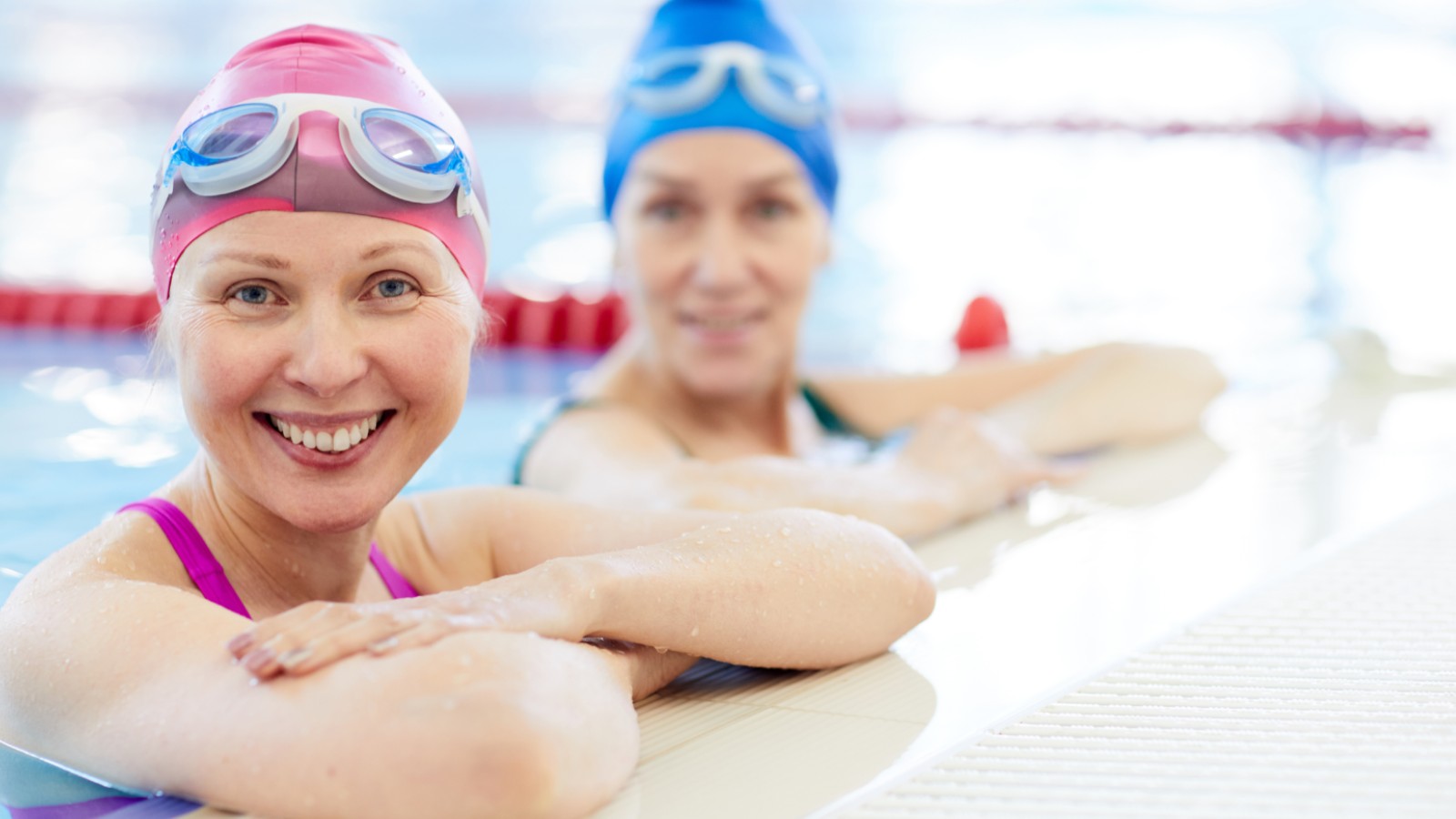The power of community to create health is far greater than any physician, clinic or hospital.
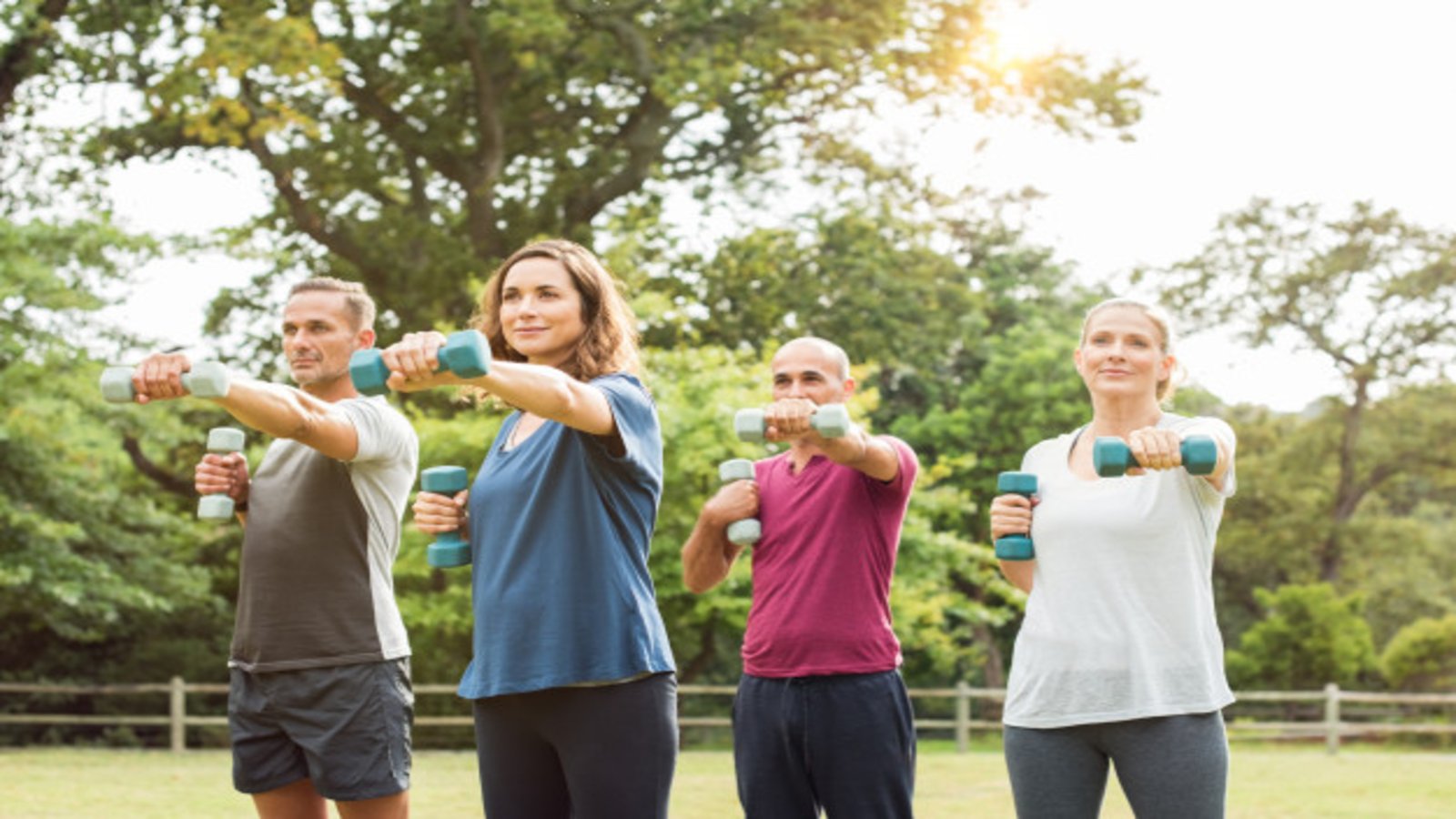
Australia is one of the most ethnically diverse societies in the world today. Indigenous Australians have lived on the Australian continent for more than 50,000 years and their culture is the oldest continuous culture in the world. Apart from Indigenous Australian culture, other main cultural groups are from; the United Kingdom, New Zealand, China, India, Philippines, Italy, Greece, Vietnam, Lebanon. According to the ABS census in 2014, 1 in 4 Australians were born overseas and 1 in 2 had an overseas-born parent. Nearly 20% of Australians speak a language other than English at home. In 2016, the top five languages spoken at home were; English, Mandarin, Arabic, Cantonese and Vietnamese. Religious affiliations by percentage of population as reported in 2016 are; Christianity (52.1%), Isalm (2.6%), Buddhism (2.4%), Hinduism (1.9%), Sikhism (0.5%), Judaism (0.4%), Other faiths (0.4%) and No Religion (30.1%).
Top five countries of birth as a proportion of the total Australian population:
Source: ABS Census of Population and Housing, 2011 and 2016

A social group can be defined as a collection of people, that share certain characteristics, interact with one another, accept expectations and obligations as members of the group, and share a common identity.
Main social groups in Australia, include;
-
Peer groups - for example gender groups, seniors, youth groups.
-
Socio-economic groups.
-
Family groups.
-
Disability groups.
-
Cultural groups including languages spoken, ethnicity, sexual orientation.
-
Formal groups such as clubs, occupational groups, religious groups.
Mutual awareness - The members of a social group must relate to one another. A mere group of individuals cannot constitute a social group unless reciprocal awareness exists among them. Mutual attachment, is therefore, regarded as its important and distinctive feature. It forms an essential feature of a group.
Common interests - Groups are mostly formed for the fulfillment of certain interests. The individuals who form a group should possess one or more common interests and ideals. It is for the realization of common interests that they meet together.
Sense of unity - Each social group requires a sense of unity and a feeling of sympathy for the development of a sense of belonging. The members of a social group develop common loyalty and empathy among themselves in all matters because of this sense of unity.
Identify as a group - Refers to the tendency on the part of the members to identify themselves with the group. They treat the members of their own group as friends and others as outsiders. They cooperate with those who belong to their group and protect their interests unitedly. Identifying with a group fosters cooperation among members.
Similarity of behaviour - For the fulfillment of common goals, the members of a group behave in a similar way. Collective behaviour of the members of a group are more or less similar.
Group norms - Each group has its own ideals and norms and the members are required to follow these. These norms may be in the form of customs, traditions, rules, laws etc. They may be written or unwritten. The group exercises some control over its members through the prevailing norms.
Culturally and linguistically diverse (CALD) groups comprise a significant proportion of Australia's population. It is mostly used to distinguish the mainstream community from those in which English is not the main language and/or cultural norms and values differ.
Service providers and practitioners need to consider the characteristics of CALD groups in their service delivery because the size of inequity in access to and use of services varies across the different groups (in particular, Australian indigenous families and migrant families).
Examples of cultural groups are numerous and varied. These include people grouped by;
-
Religion/beliefs.
-
Language.
-
Ethnicity/race/tribe.
-
Location (geographic).
-
Traditions/customs.
-
Education.
-
Families.
Social - Culture is the ideas, customs and social behaviour of a particular group. It develops through social interaction. A product of society.
Learned - Culture is not inborn, it is learnt. Individuals being taught or observing cultural behaviours.
Transmissive - Culture is transmitted from one generation to another. Transmission can be by instruction or by imitation.
Continuous - Culture exists as a continuous process. It is ongoing.
Diverse - Cultures are not uniform, Every group has a culture of its own. It can differ from society to society.
Dynamic - Culture is responsive to changing conditions of the physical world. It can be subject to slow but constant change.
If you work in an area with a predominant culture then it will be wise to study, enquire and familiarise yourself with that groups differences to avoid creating unnecessary barriers. Equally, a sensitivity to others will be useful as you meet people from different groups in your facility.
Things to consider when engaging with different groups;
-
Dress and accessories.
-
Gestures and mannerisms.
-
Use of space.
-
Culturally specific communication, customs and practices.
-
Eye contact.
-
Modes of greeting and conversation.
-
Body language, including the use of body gestures.
-
Formal/informal language.
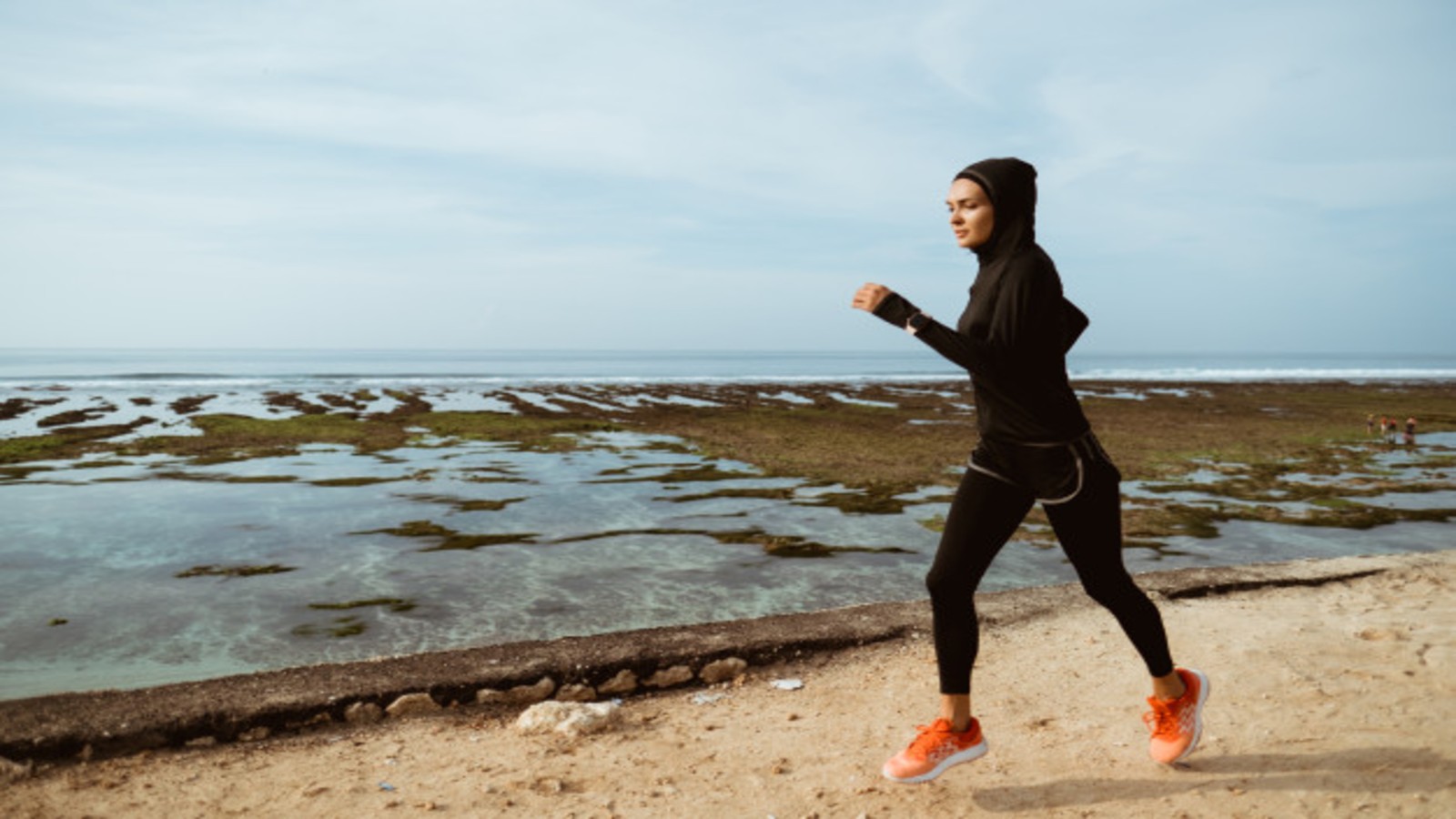
Cultural barriers
-
language barriers - English proficiency, professional jargon and misinterpretation of body language.
-
Cultural norms that for example exclude people with a disability or mixed gender social groups or prohibit seeking support, especially for women and children.
-
traditional gender roles that prevent men from engaging with services or discussing family difficulties.
-
Negative community norms/perceptions of exercising alone.
-
Religious norms, including religiously significant days, and dress codes.
-
fear of authorities, such as child protection, police, courts, taxation, immigration and housing departments (although not strictly speaking a cultural barrier, it is a barrier that CALD families may face).
-
Individualism/Collectivism - While family responsibilities are important in both models, generally collectivistic cultures emphasise family obligations over individual autonomy. Social harmony and support tend to be prioritised over individual needs, hierarchies based on age and gender are more socially acceptable, and the family provides relatively more social support than the state. For example, it is uncommon for families to disclose or discuss their family-related concerns to outsiders, as this contravenes a typically collectivistic norm of "saving face" or protecting the family name (source: Berry, 1980; Lieh-Mak, Lee & Luk, 1984, cited in Forehand & Kotchick, 1996; Triandis, 1990).
Structural barriers
-
practical barriers accessing services.
-
lack of knowledge or understanding of services that are available.
Service-related barriers
-
model of service is culturally inappropriate.
-
service not perceived as relevant due to lack of cultural diversity in staffing/workforce and marketing of services.
-
service choice perceived as limited due to lack of cultural diversity in the workforce.
-
reluctance to engage with services because of concern they will not be understood, or that they will be stereotyped or judged.
The opportunity to communicate preferences and make choices is central to human dignity. Thus, creating opportunity for choice becomes an ethical consideration with broad implications for practice. For example older adults prefer exercising alone but socialising before or after a session. Both young and old, prefer exercise classes that retain members in their age group, not a mix of ages.
Exercise preferences of some social and cultural groups;
Disability groups - Strong evidence supported that physical disability respondents, of a university study survey, preferred participating “with others” in all themes represented on the survey instead of alone. Only a slight difference in overall preference between exercise (75%) and physical activities (76%) was found. It was clear that choice plays a major factor in what activities individuals participate in regardless of it being exercise or physical activity. By incorporating technology investigators are able to directly communicate with individuals without the assistance of care givers. This allows for individuals to not only speak for themselves but also contributes to the choices that are often decided for them.
Senior groups - Senior's preferences for exercise program are personal, and the individual differences are greater than the differences between men and women. Individually tailored exercise, in terms of mode, intensity, challenge, and social context, is important. Exercising with friends. Making physical activity an enjoyable social occasion. Safe, easy and comfortable forms of exercise include walking, swimming and cycling. Fall prevention exercises, different spirit lifters to increase enjoyment, and personal tricks to maintain exercise routines. Older adults prefer exercising alone but socialising before or after a session. Both young and old, prefer exercise classes that retain members of a similar age group, not a mix of ages.
Youth - Young adults prefer a combination of cardio and strength training, with men preferring intense strength training at higher rates than women. Gender differences in exercise preferences could be related to preferences for different ideal body types. Majority prefer minimal guidance in exercise from a program. Findings suggest that efforts to recruit young men for weight management should emphasize self-guided physical activity, specifically strength based training. Encouragement, in the form of feedback and tracking progress, is also important.
Family groups - Creating a safe space for parents and their children. Coming together with other mothers/fathers to be active has a positive impact on the children. Building self esteem and pride. Group healing - participants form strong bonds, validation, acknowledgement and empathy. Improving health and providing long term support in the form access to a network. For instance, Indigenous Australian mothers, in The Riverland SA. The Moorundie Ruwe Ninkawi's group brings together around 20 people each week for a fitness session and cultural activity, with the aim of building self-esteem and community connections. Group participant Cora Johnson said it provided a safe space to talk openly about everything, including mental health. After working out at each session, they like to engage in cultural activity with their children and engage with other women where they can sit down and share an open and honest yarn.
Socio-economic groups - In general, Australians who are more socially advantaged are more likely to be regularly physically active and less likely to experience adverse health outcomes associated with inactive lifestyles than their less advantaged peers. ABS data show that people whose weekly household income was in the highest quintile reported a physical activity participation rate of 81%, whereas the rate for people in the lowest quintile was 48% (Australian Bureau of Statistics, 2010a). Preferences are supervised activities within local community and at no or low cost to participants. Intervention components can include setting up a ‘buddy’ system, making ‘contracts’ with others to be active, peer or professional coaching, walking or other groups that provide companionship and support while being physically active or discussion groups to share support and help address barriers to participation. Participants can be connected with other participants and program staff members to monitor progress and receive encouragement.
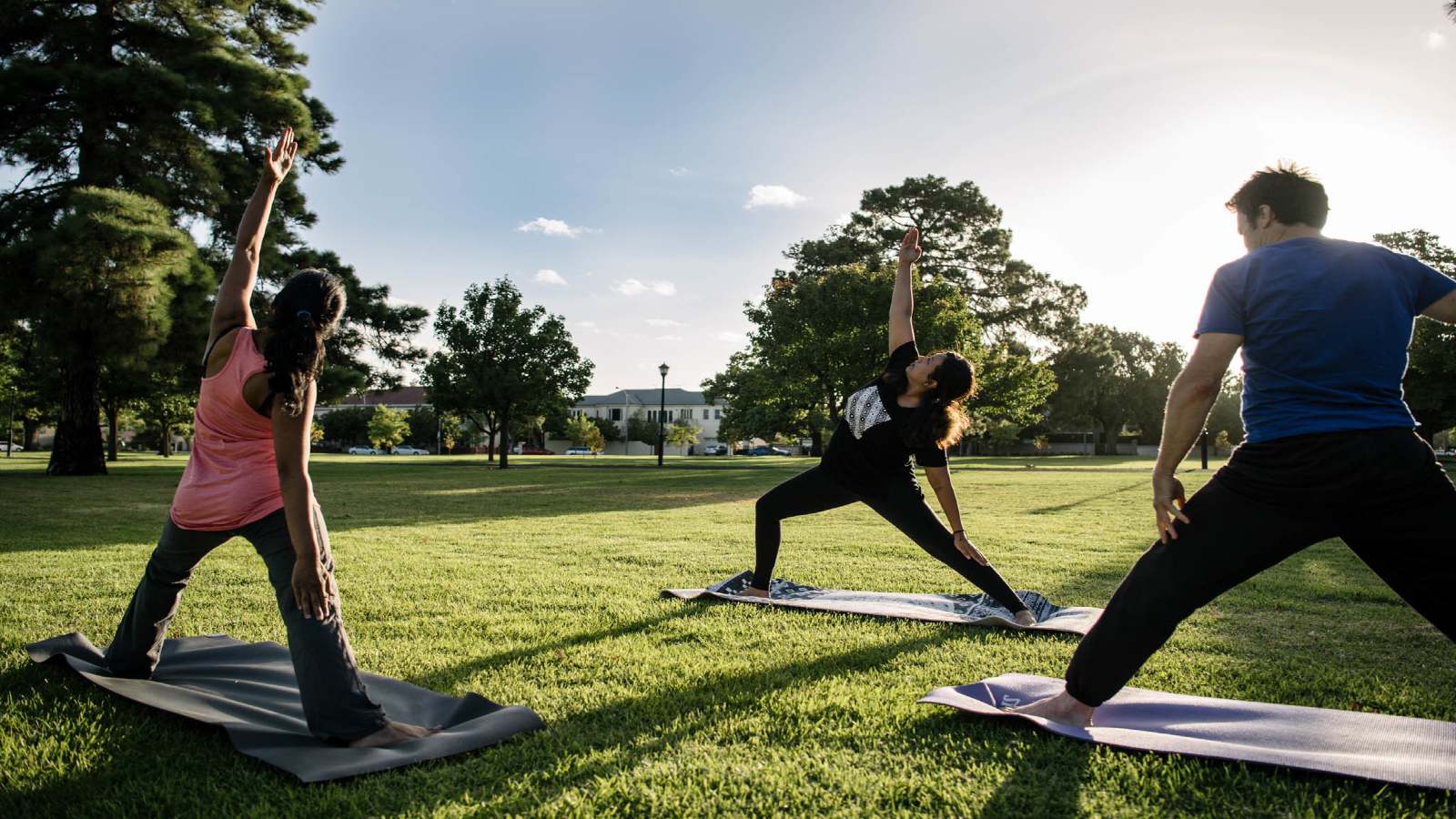
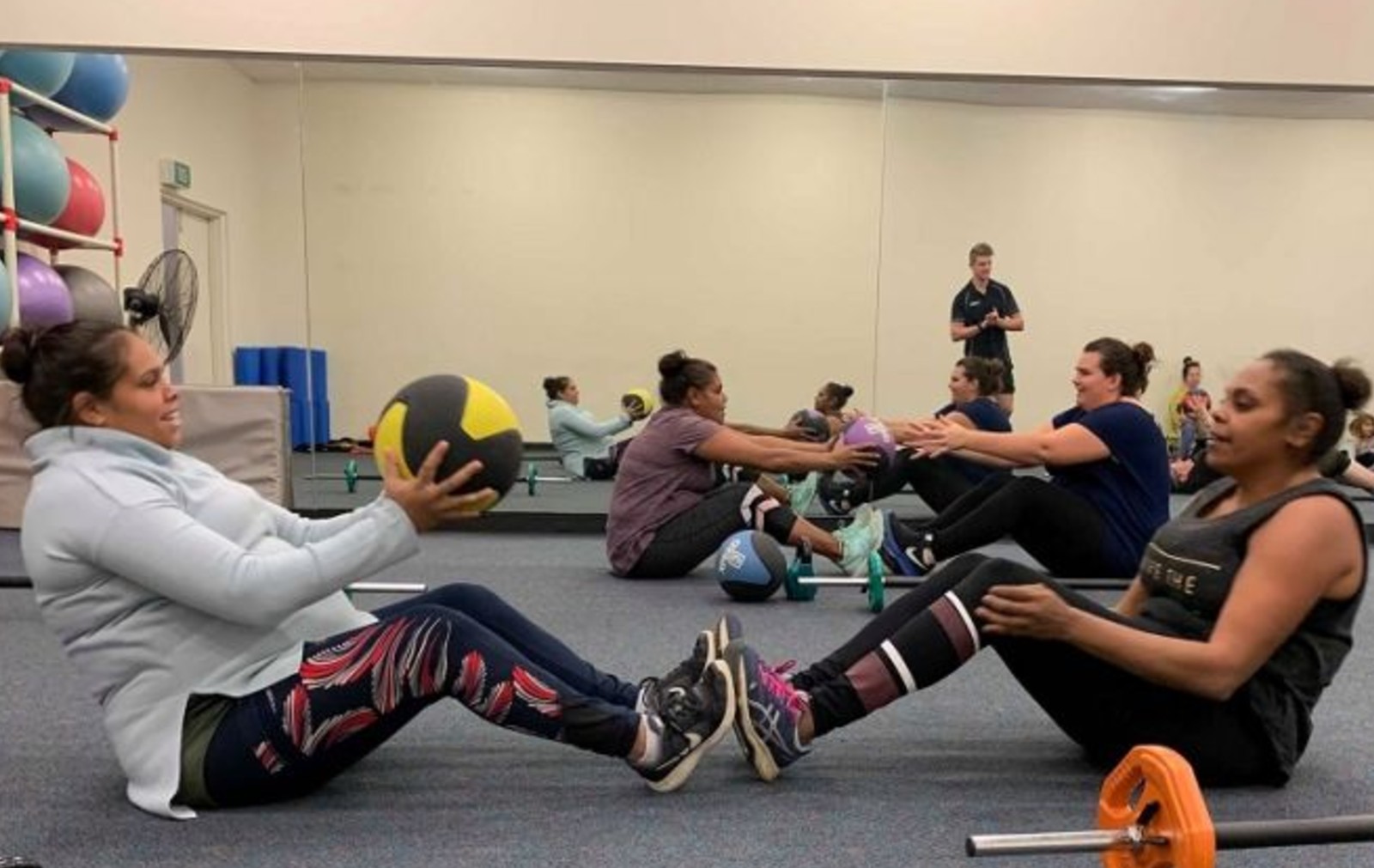
Fitness programs can be offered in a variety of community settings including fitness centers, aged care facilities, community wellness centers, schools, universities, fitness playgrounds, public parks and other suitable and approved venues within a community.
The outcome (goal) of community fitness programs must be to improve understanding of the benefits of active healthy living and increase opportunities for active healthy living for all community members, particularly people with disabilities, people and communities with low socioeconomic status and other minority and high-risk groups.
This video introduces a community fitness program called Love To Live. The program is designed for seniors in Australian communities.
APPROVED COMMUNITY FITNESS PROGRAMS;
A planned fitness program that following a rigorous application process has been approved by the relevant authority, held at a confirmed suitable venue/location with access to all resources required including funding.
There are numerous approved fitness programs operating in Australia. Some examples are;
-
Sports and fitness programs, for example at PCYC branches, RSL's and community sports clubs.
-
Community gyms (outdoor or indoor).
-
Aerobic activities indoors or outdoors – sprints, jumping, obstacle, speed and agility courses.
-
Yoga, tai chi, Pilates and similar.
-
Circuit training.
-
Martial arts.
-
Boxing.
-
Organised walking and running groups.
-
Inclusive physical activities for disability.
-
Aged fitness programs, for example programs provided at retirement communities and aged care facilities.
-
Dance.
-
Swimming.
What participants will get out of the program.
-
Improved physical fitness.
-
Improved mental health.
-
Social interaction.
The main goal of the program.
-
Increased physical activity.
Other goals for the program.
-
Rehabilitation.
-
Engaging socially with other community members.
-
Providing the community with an opportunity to become fitter.
-
Developing better healthy lifestyle outcomes.
Who the program is intended for.
-
Older adults.
-
Young adults/youth.
-
Retirees.
-
Women only.
-
Amateur athletes.
-
People with a disability.
-
Young mothers.
-
Men.
-
People from different cultural groups.
-
Work groups.
Any changes that can be made to the program to make it more accessible or acceptable without losing the desired outcome or goal of the program.
- Location or venue changed to meet participants needs.
- Adding variety to attract a diverse group of participants.
- Creating digital content via social media and apps.
- Friendly competition to encourage younger participants or male participants.
- Focusing on particular community issues such as obesity or heart disease.
- Lowering costs for participants.
- Making exercises easier or more difficult.
- Scheduling repeat sessions to provide more opportunities to join in.
- Offering a childcare service.
Any equipment/resources needed to conduct the fitness session and the safe use of the equipment.
- Equipment required to conduct a session - for example, weights, steps, cardio machines, mats, balls, stop watches etc.
- Available capital funding for initial set up and ongoing costs.
- Available human resources and associated skills, qualification levels knowledge and expertise of the fitness personnel.
- Equipment should be set out to ensure that all exercise areas contain safe working spaces.
- All equipment should be mechanically sound and installed and operated in accordance with the manufacturer’s instructions and standards.
- All equipment should be routinely serviced.
The following videos introduce community fitness programs catering for the general population, indigenous youth, and organisations encouraging community fitness activities like walking.
